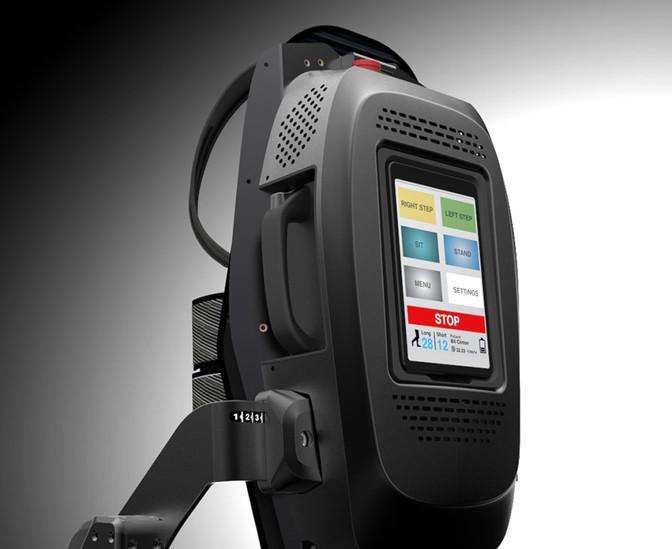August 20, 2017 weblog
Alexa paired with exoskeleton could bring fresh step in mobility

"Alexa, I'm ready to stand" or "Alexa, I'm ready to walk." What a meaningful type of command those could be for the people who are hampered by lack of mobility.
A Canada-based robotics company would like to make that an ordinary household conversation between person and tech voice assistant. They have been working on a lower-body exoskeleton, dubbed Arke, a prototype exoskeleton that can respond to spoken instructions.
Toronto-based Bionik Laboratories is behind this prototype. Amazon's voice assistant, Alexa, can control it.
Earlier this month, the robotics company announced it has integrated Amazon's Echo technology and Alexa Voice Service into its Arke lower body exoskeleton.
Their exoskeleton itself is designed to allow paraplegics as well as other wheelchair users the ability to rehabilitate and to walk.
Before the Alexa effort, the system normally was designed to work with a wireless touch-controlled tablet. A company description said it also relays information so physical therapists are able to adjust the device more effectively.
In this version, Arke would be using multiple sensors throughout the device in combination with Alexa. Michal Prywata, Bionik co-founder, said they built Arke with the goal to allow users to regain mobility for tasks "the rest of us deem normal, like walking to the refrigerator or going to get the mail."
In a video demo the man in the wheelchair said, "Alexa, ask Arke to stand." Alexa replied, "standing." The man lifted himself off the wheelchair using two arm supports. "Alexa, ask Arke to walk." Alexa replied, "Walking." The same command and task completed was done for sitting.
Senior Associate Editor Eliza Strickland, IEEE Spectrum, noted capabilities that go beyond fundamentals such as stand, walk, sit. With the voice commands, users can trigger the exoskeleton's basic actions but also "tweak parameters" such as stride length.
"They can also ask for information by saying, for example: "Alexa, what's my battery status?" And because Amazon's platform uses natural language processing, users don't need to speak a precise sequence of words. A user could also say, 'Alexa, how much power is left in the battery?' and get the same information."
Prywata said in Strickland's report that 60 percent of the company's R&D was devoted to making a new exoskeleton optimized for home use, cheaper and more lightweight.
How did they get the exoskeleton to integrate with the Echo platform?
IEEE Spectrum said the Bionik Labs team got everything they needed from Amazon's software developer kit.
Next steps before this becomes commercially available? Arke is a prototype; the company hopes to bring it to market within the next few years, said IEEE Spectrum.
Fortune said that pending successful trials and FDA approvals, "the products should become broadly available in the foreseeable future."
What remains, though, is a next step in getting medical regulators to approve their exoskeleton as a commercial product suitable for at home use, according to the report.
"The whole system, including the voice-control features, will need to meet certain medical safety standards," said Strickland.
Luke Dormehl, Digital Trends, commented that "this is totally a step in the right direction. Pun very much intended."
© 2017 Tech Xplore





















